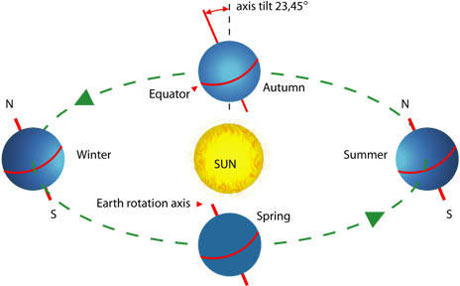HANGOUT CONCERT 3 + Daria (+Daria Musk) SATURDAY AUG 20th!!!
Hi G+rgeous G+niuses!!
I'm bursting with excitement... Ok breathe...
It's my total thrill to announce that my 3rd G+ Hangout Concert will be on Saturday, Aug 20th at 6pm (Eastern Standard Time).
As
you can see in my photo below I've tried to add some start-times for a
few of your cities around the world. ;-) And as you know,
I will play through my night into your mornings and afternoons to have the chance to meet you, laugh with you, dance with you, sing for you, and see your cities and bedrooms and sunrises and your beautiful faces.
There will be some exciting new things going on at this concert that I can't wait to tell you about:
FREE DOWNLOAD OF "+1 ME", FOR YOU
My
3rd Hangout Concert will be the first place where you can get the FREE
DOWNLOAD of my song inspired by this amazing G+ Community, called "+1
Me".*
It's my humblest, deepest 'thank you' to you.
(And just the
beginning of me spending my lifetime giving back to you in every way I
can, especially in song.) If you haven't heard it yet, here's a video
from Hangout Concert 2:
Daria Musk "+1 Me" Live Google+ Hangout Concert
MY FIRST SINGLES AVAILABLE ANYWHERE!
Concert 3 will also be the first place
anywhere where I will have available and ready to download my very first singles,
chosen by you!!
Before
I met you brilliant and amazing people about 3 weeks ago, I was just
starting to record my first album… Now you're a living breathing part of
that process for me and I can't tell you how blessed I feel. So of
course my first songs will be available to YOU first at Hangout Concert
3!!
I think I was even writing songs about you before we met
here! ;-) (Evidence Exhibit A: "You Move Me" a song about finally
connecting with someone - or lots of someones - who lift you up, move
you to the core and shake you into your heart… I sing "All around the
world, you move me!" Watch it live from Concert 2 here:
Daria Musk "You Move Me" Live Google+ Hangout Concert)
UNLIMITED VIEWING ALL NIGHT
Just like last time, Concert 3 will be Live-Streamed so that anyone anywhere can watch it! You can watch at
www.hangoutparty.com and that's also where you'll find the links to download "+1 Me" and my first singles!
There will also be a handy "Join This Hangout" button right on
www.hangoutparty.com
so you can watch and click to join as G+niuses rotate in and out of the
"front row seats" where we can meet and talk face to face!! There will
be more live-streaming details and updates as we get closer to the show
too.
HOW HANGOUT ROTATION WORKS
This is one of my
favorite things about G+: how we work together as a community, a team
and a family! At Hangout Concerts 1 and 2 people would click "Join This
Hangout" stay for a few songs, a few laughs and make some friends from
all over the world ... and then exit the Hangout to let someone else in.
It's organized by you G+niuses working together. :-) Last time people
even posted on my page saying things like "I'm dropping out in 30
seconds, start clicking to grab my spot!"
GLOBAL GIVE BACK
One
of the most amazing things about our community of G+inuses here is how
effortlessly global is it! Because of you I feel like I have friends now
in Norway, Australia, Ghana, The Dominican Republic, Portugal, Sweden,
US, UK, everywhere… It's a dream come true... the most wildly beautiful
thing I've ever experienced… And because of that I want to make sure I'm
giving back as much love as I can globally! (Here's a post I wrote
earlier this week about connecting to a girl in Africa through Save The
Children:
http://tiny.cc/savethechildrenpost)
And there will be some cool announcements leading up to the concert about some Global Give-Back tie-ins I'm working on! :-)
I know AUG 20th sounds like it's far away, but I'm also planning a bunch of really cool things leading up to it… :-)
I'll
be talking with lots of you G+niuses for articles and blogs (GUEST BLOG
POST FOR MIDEM hits Monday! Ahh!!), I'll be popping into hangouts,
getting inspired by all of you, launching a Soundcloud Page where you
can record your voices saying "You Move Me" in your native languages for
inclusion in the song(!!!) and lots more!!
So stay circling for
updates, details, events and other fun stuff leading up to Hangout
Concert 3!! I can't wait to talk with you each day as we get closer...
Your notes, photos, messages, and faces all make my heart pop with joy!
I am so totally G+rateful and cannot wait to see you again!!!
Your G+rl Forever and Always,
Daria





















